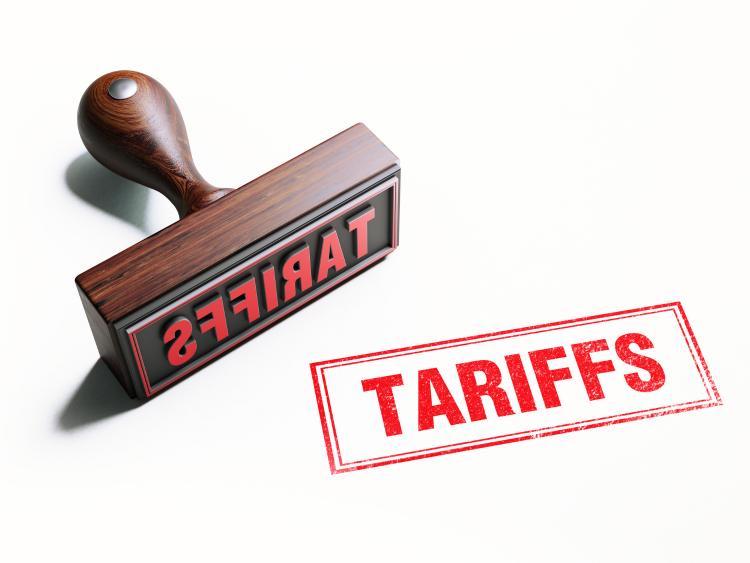Steel Markets

Auto Sales See Slippery September
Written by Sandy Williams
October 2, 2019
U.S. auto sales slipped in September as leading Asian automakers Toyota and Honda reported double-digit declines. Toyota sales fell 16.5 percent and Honda, after a record August, saw sales drop 14.1 percent. Nissan reported a 17.6 percent plunge in sales.

The Detroit Big Three no longer report monthly, but quarterly reports came out on Wednesday. Ford reported a 4.9 percent decline in Q3 2019 compared to Q3 2018. Truck sales were up 8.8 percent for the quarter, but SUV sales slipped 10.5 percent and cars, on a phase-out track, were down 29.5 percent.
FCA U.S. announced quarterly sales records for its Jeep Wrangler, Ram, and Dodge Challenger. Sales for the third quarter of 2019 totaled 545,034, a zero percent change from Q3 2018.
“Lower interest rates, a stable economy and consumer enthusiasm bolster our belief that new vehicle sales in the U.S. are heading for a strong finish,” said Reid Bigland, head of FCA U.S. Sales.
General Motors reported delivery of 738,638 vehicles in the third quarter, an increase of 6.3 percent compared to Q3 2018. Inventory at the end of September was 759,633 units. GM is in the third week of a strike by United Auto Workers that has stopped production of vehicles in the U.S., as well as in Canada and Mexico.
Despite an unsatisfying sales month for U.S. automakers, WardsAuto estimated the seasonally adjusted annual rate to be 17.2 million units in September, still a strong showing although slightly below the September 2018 rate of 17.3 million. Analyst comments remained relatively upbeat.
“As the global sales outlook continues to weaken, light-vehicle demand in the U.S. remains robust,” said Jeff Schuster, head of global vehicle forecasts at LMC Automotive. “This is despite the headwinds and uncertainty caused by rising tensions with Iran, the UAW strike at GM and ongoing trade concerns.”
“All year long we’ve been talking about high prices and rising interest rates keeping shoppers on the sidelines, but in the third quarter those pressures eased up just enough to get consumers back in a buying mood. If this momentum continues, we expect a solid finish to the year,” said Jeremy Acevedo, Edmunds’ senior manager of industry analysis.

Sandy Williams
Read more from Sandy WilliamsLatest in Steel Markets

CRU: Sheet import demand softens as domestic price gains have slowed
US domestic sheet price gains have begun to slow as previously pulled-forward demand has led to a decline in orders.

CMC looks beyond Arizona micro-mill woes to long-term viability of construction mart
Despite the economic and geopolitical upheaval of the last five years, CMC President and CEO Peter Matt points out that the construction market has been an essential element of the way forward.

US importers face stricter rules under revamped S232 tariffs
“CBP expects full compliance from the trade community for accurate reporting and payment of the additional duties. CBP will take enforcement action on non-compliance," the agency said in a March 7 bulletin.

Steel exports rebound in January
US steel exports recovered to a five-month high in January after having fallen to a two-year low in December. This growth follows four consecutive months of declining exports.

Construction spending drops marginally in January
Construction spending edged down slightly in January, slipping for the first time in four months. The US Census Bureau estimated spending at a seasonally adjusted annual rate of $2,196 billion in January, down 0.2% from December’s downward revised rate. The January figure is 3.3% higher than a year ago. January’s result, despite the slight erosion, […]
